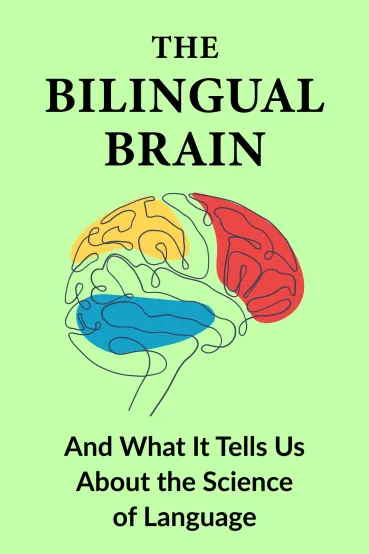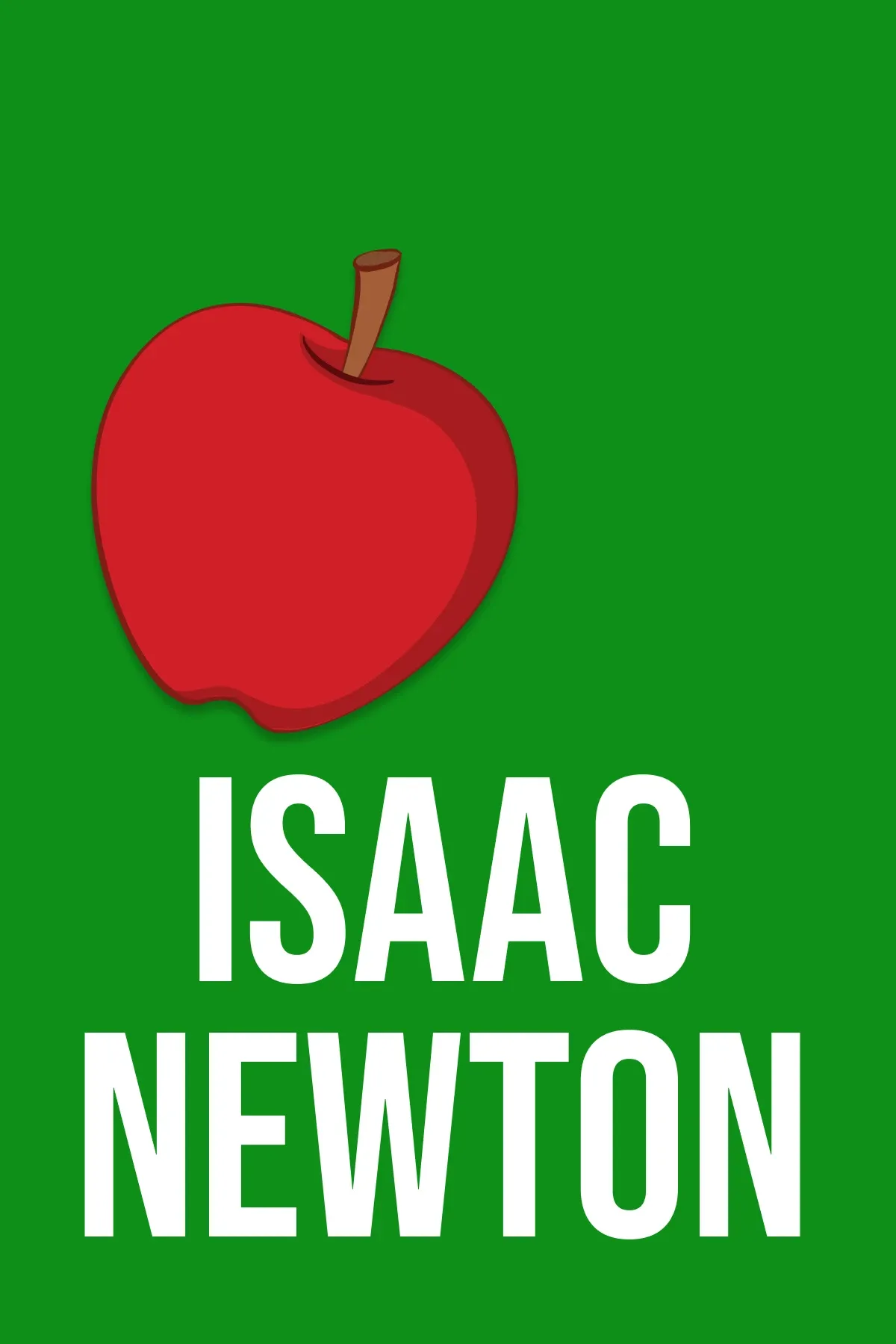
The Bilingual Brain
Brief Summary
Knowing more than one language is beneficial for our day-to-day life. But how does being bilingual affect us on a deeper level? “Bilingual Brain” gives some insight into what actually happens to our brains when we learn to communicate in a foreign language.
Key points
Key idea 1 of 6
Languages are a complex phenomenon. They are not just about different words and different meanings, not even about grammar and structure. It all boils down to sounds, or phonetics. Inside words, the probability that a certain syllable comes after a previous one is known as *transitional probability*. This probability is higher within a word than between two words, and it’s essential for understanding how our languages work.
This idea was tested on babies to see if they could recognize patterns within words before they learned to speak. Babies have a storage of different sound combinations and rules on how those sounds can be connected. For example, the word “shark” is made of sound groups “sh” and “ark.” Babies recognize them and understand that “sh” followed by “da” might not make any sense. They utilize intonation and accentuation patterns, or phonotactic rules.
Studies showed that babies can recognize languages based on their sound mere hours after birth. For similar-sounding languages, they can tell the difference at about 4 months old. Imagine a baby placed in a bilingual environment instead of only being surrounded by one language. In this case, they need to focus harder to differentiate the two languages using their phonological properties. That way, they develop an increased sensitivity to unknown and new sounds. The whole process becomes even more complicated if the languages belong to the same phonological family, for example, English and German.
Babies raised in a two-language environment also develop better lip-reading skills. According to some studies, they can tell languages apart by lip movement alone, even without hearing those languages previously. Bilingual babies utilize their ability to differentiate sounds. Yet, if a child doesn’t use this ability because of a monolingual environment, it disappears with age.
You may also like these summaries











